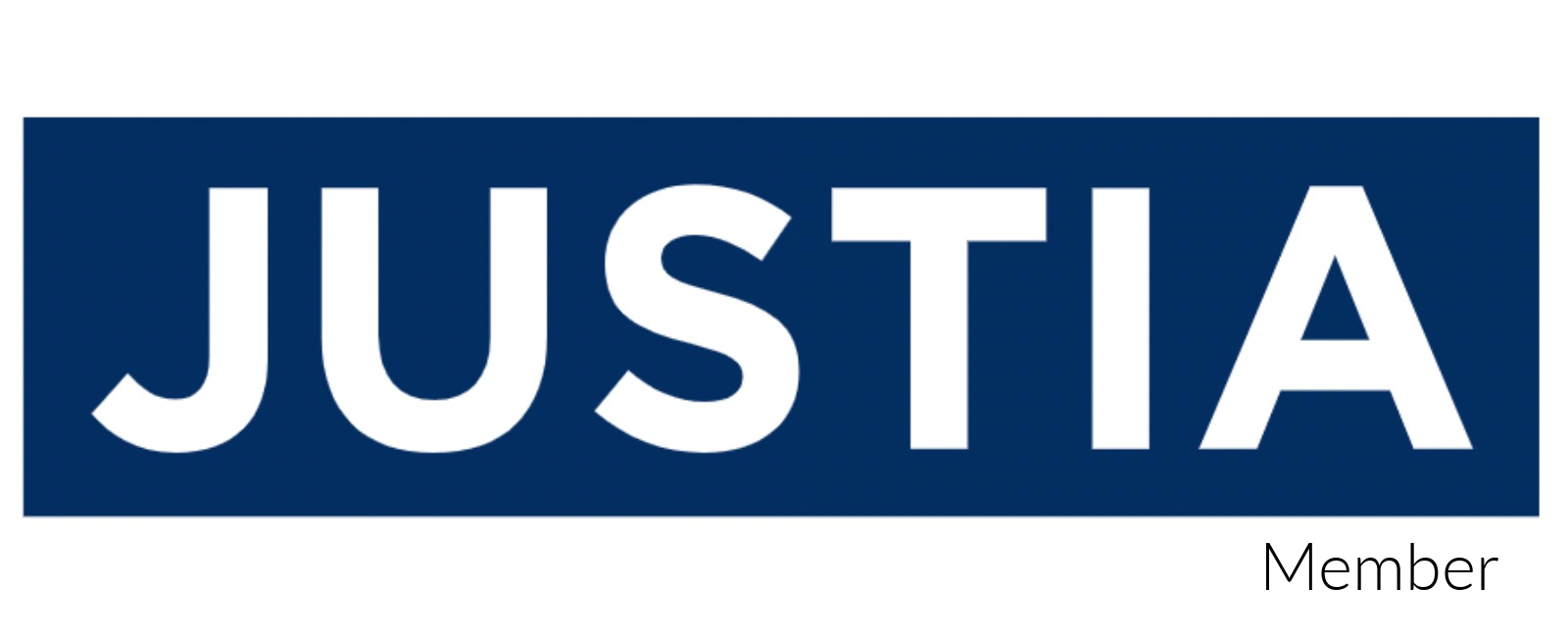- Contact Us Now: (877) 276-5084 Tap Here to Call Us
Trade Secret defenses – independent creation
Vondran Legal IP & Trade Secrets Law
Legal Issue:
Trade secrets are a crucial aspect of intellectual property law, providing protection for confidential business information that gives a company a competitive edge. However, when a company is accused of misappropriating a trade secret, one of the most potent defenses available is proving independent creation. This blog will provide a comprehensive guide to understanding and proving independent creation as a trade secret defendant, supported by relevant civil codes, case law, and practical examples.
Definitions and Key Concepts
Trade Secret: A trade secret is information, including a formula, pattern, compilation, program, device, method, technique, or process, that derives independent economic value from not being generally known to, and not being readily ascertainable by proper means by, other persons who can obtain economic value from its disclosure or use (18 U.S.C. § 1839(3)).
Independent Creation: Independent creation is the concept that a defendant developed the alleged trade secret on their own, without using or being influenced by the plaintiff’s trade secret.
Misappropriation: Under the Defend Trade Secrets Act (DTSA) (18 U.S.C. § 1836), misappropriation refers to the acquisition, disclosure, or use of a trade secret by someone who knows or has reason to know that the trade secret was acquired through improper means.
Proving Independent Creation
- Documenting Development Processes
To prove independent creation, it’s essential to have comprehensive documentation of the development process of the alleged trade secret. This includes:
- Research and Development Records: Maintain detailed records of all stages of the development process, including dates, individuals involved, and specific contributions.
- Project Logs and Diaries: Keep logs or diaries that record daily progress, challenges faced, and solutions implemented.
- Version Control: Use version control systems for software development to track changes and demonstrate the evolution of the code.
Example: In Silvaco Data Systems v. Intel Corp., 184 Cal. App. 4th 210 (2010), Intel was accused of misappropriating Silvaco’s trade secrets. Intel successfully proved independent creation by presenting detailed documentation of its development process.
- Employee Testimonies and Expertise
Employee testimonies can be critical in establishing independent creation. Employees involved in the development can provide firsthand accounts of the creation process, highlighting their expertise and experience that contributed to the development.
Example: In Mattel, Inc. v. MGA Entertainment, Inc., 782 F. Supp. 2d 911 (C.D. Cal. 2011), MGA defended against trade secret misappropriation claims by demonstrating that its employees independently created the Bratz dolls, leveraging their own skills and creative processes.
- Third-Party Collaborations and Contracts
If third parties were involved in the development process, collaboration agreements, contracts, and communications with these parties can serve as evidence of independent creation. Ensure these documents clearly outline the scope of work and the contributions made by the third parties.
Example: A software company accused of misappropriating a competitor’s algorithm could present contracts and emails with an independent consultant who helped develop the algorithm.
- Prior Art and Public Domain Information
Demonstrating that similar information or technology was publicly available before the alleged misappropriation can support the claim of independent creation. This involves researching and presenting prior art, published patents, academic papers, and other publicly accessible information that predates the plaintiff’s trade secret.
Example: In DuPont v. Kolon Industries, 894 F. Supp. 2d 691 (E.D. Va. 2012), Kolon defended against trade secret claims by showing that much of the information DuPont claimed as a trade secret was already publicly available.
- Expert Witness Testimony
Expert witnesses can play a pivotal role in establishing independent creation. Experts in the relevant field can analyze the development process, compare it with industry standards, and provide opinions on whether the alleged trade secret could have been independently created.
Example: In Waymo LLC v. Uber Technologies, Inc., No. 3:17-cv-00939 (N.D. Cal. 2017), Uber used expert witnesses to support its defense that it had independently developed its autonomous vehicle technology without using Waymo’s trade secrets.
Legal Framework and Case Law
Defend Trade Secrets Act (DTSA): The DTSA provides a federal cause of action for trade secret misappropriation and allows defendants to argue independent creation as a defense. It defines trade secrets and misappropriation and outlines the remedies available to plaintiffs (18 U.S.C. §§ 1836-1839).
California Uniform Trade Secrets Act (CUTSA): Similar to the DTSA, the CUTSA provides state-level protection for trade secrets in California. It also allows for the defense of independent creation, emphasizing the need for clear and convincing evidence (Cal. Civ. Code §§ 3426-3426.11).
Practical Steps for Trade Secret Defendants
- Establish a Robust Documentation Process: From the outset of any project, ensure that detailed records are kept. This includes research notes, development logs, and communications with all parties involved.
- Conduct Regular Audits: Periodically audit your development processes and documentation to ensure they are thorough and up-to-date. This can help identify any gaps or weaknesses in your defense early on.
- Train Employees: Educate employees about the importance of maintaining detailed records and the potential legal implications of trade secret misappropriation claims.
- Engage Legal Counsel Early: Consult with legal counsel as soon as you become aware of a potential trade secret dispute. Legal experts can guide you in collecting and presenting evidence to support your independent creation defense.
- Leverage Technology: Utilize technology tools such as project management software, version control systems, and secure communication platforms to ensure all development activities are well-documented and traceable.
Conclusion
Proving independent creation as a trade secret defendant requires meticulous documentation, credible employee testimonies, collaboration agreements, public domain research, and expert witness testimonies. By following best practices and maintaining robust development records, defendants can build a strong case to demonstrate that they developed the alleged trade secret independently. Understanding the legal framework provided by the DTSA and CUTSA, along with relevant case law, can further strengthen your defense and increase the likelihood of a favorable outcome.









